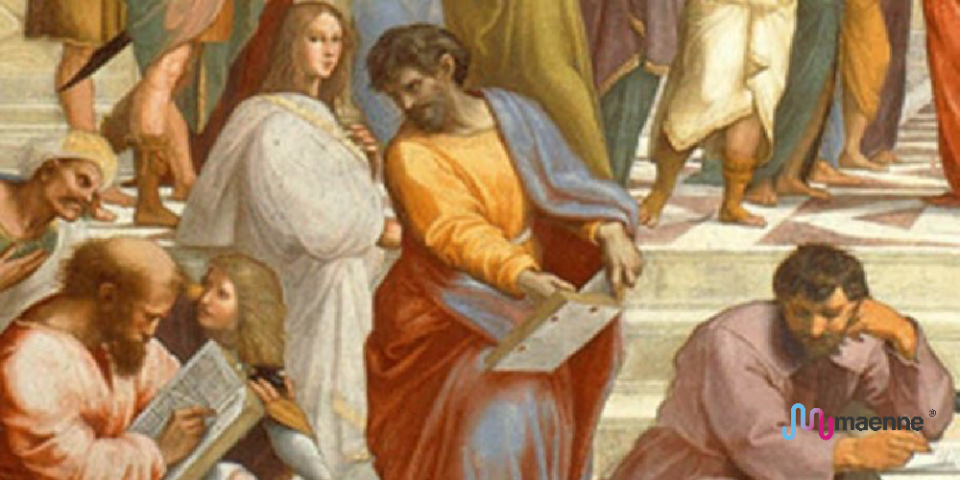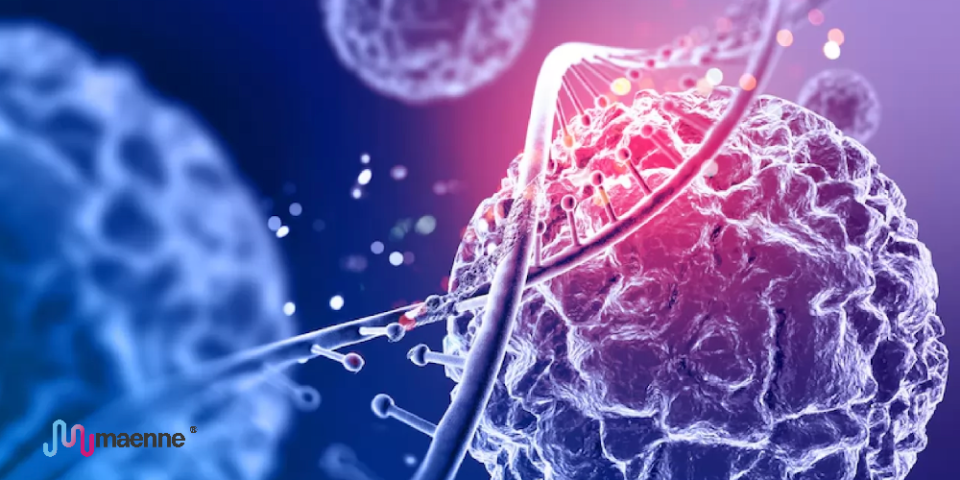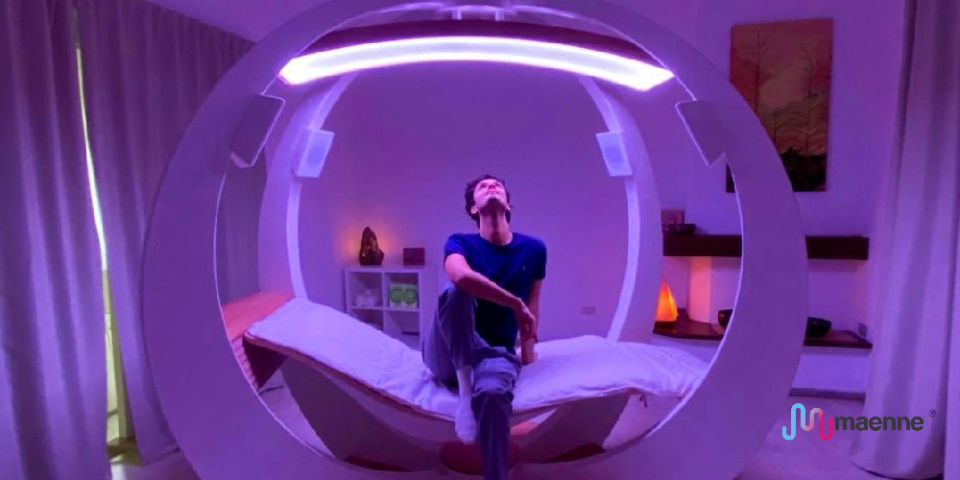A millennium after Parmenides , science andart have found their ideal union in the Maenne system.
The Maenne multisensory stimulation treatment is the first and currently only system that emits frequencies in sound and vibrational form in coherence with a light stimulus so as to resonate with our cells. Its scientific basis is rooted in Ayurveda, traditional Chinese Acupuncture, the knowledge of reflexology, but also in neuroscience, quantum physics and photobiology, with the discoveries of Planck, Talbot, Newton and Popp, to name a few, knowledge that finds its natural complement in music.
Art as medicine
Let us start with Parmenides, one of the Noble Fathers of philosophy and medical science who lived in the 5th century BCE. C, who expressed himself on the correlation between art and medicine as two inextricably linked realities and how it was possible that art could become, itself, a form of medicine. Many ancient cultures, in fact, recognized therapeutic powers to song and music, take for example theAum – Om, the sacred syllable pronounced at the beginning or end of each “veda” in the Hindu tradition , which generates an inner vibration capable of bringing peace, harmony and a beneficial sense of relaxation in those who pronounce it and in those who listen to it.


The sounds of cells
Every single moment of our metabolism, in fact, is characterized by a specific sound, even if we are not aware of it, even if we are unable to hear it directly. A vivid example of this, and certainly the most immediate in understanding, is the beating of our heart. Similar to the heart all our other organs are characterized by a sound, not perceptible to our senses unless we pay attention to it, that distinguishes their timing and functional regularity, sounds that are substantially different for each cell type . Even our DNA produces specific sounds, sounds that some researchers have managed to record.
Therefore, we can consider the sound emitted by cells as a direct expression of the functionality and metabolic regularity of the organ or organ system of which they are a part.
We can imagine any internally secreting gland emitting a singular symphony as it produces and circulates its hormone, and, as with the heart, we can imagine that the emission of a sound other than the specific one corresponds to the existence of a disorder.
Currently we do not know the possible registers of the human body so, in order to bring the strings of our ”
wonderful harp” and make it emit a perfect melody, we can nevertheless act by exploiting the phenomenon of
resonance, opening the possibility to a different way of communicating and interacting with our organs and apparatuses. By subjecting them to a sound source that emits the same frequency, it is possible to elicit a resonance response from them. Several researchers have been working on these issues, and since 2017 interesting studies have appeared on the possibilities of sound to influence even living structures to the extent that a device has been devised that translates the functions of our brains into sounds, thus making it possible to detect seizures even in comatose patients.
Today we are witnessing the opening up of new possibilities in theuse of sound for medical, diagnostic and therapeutic purposes just as various art forms have found their application in different fields of medicine and patient care: in this light, for example, music therapy has assumed an important role in the treatment of various forms of distress, just as figurative artistic expression has, for some time, been used in rehabilitative, physical and cerebral processes, with incredible results.

